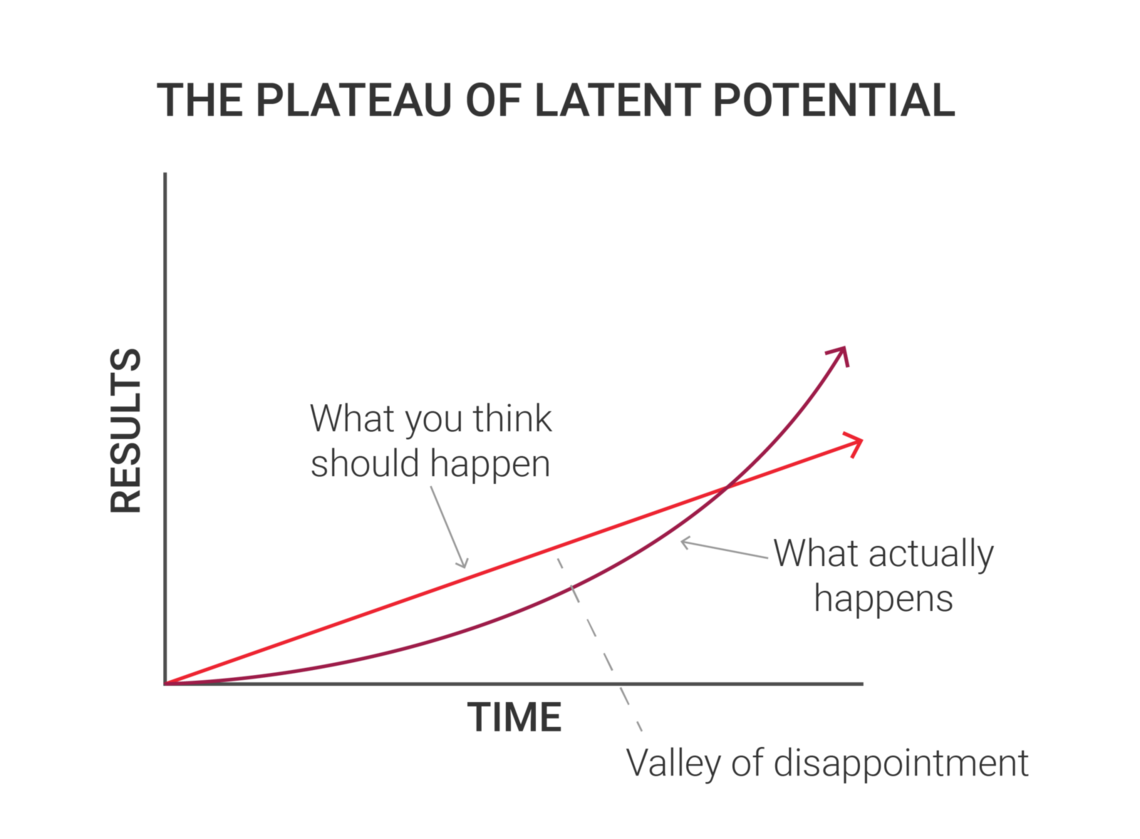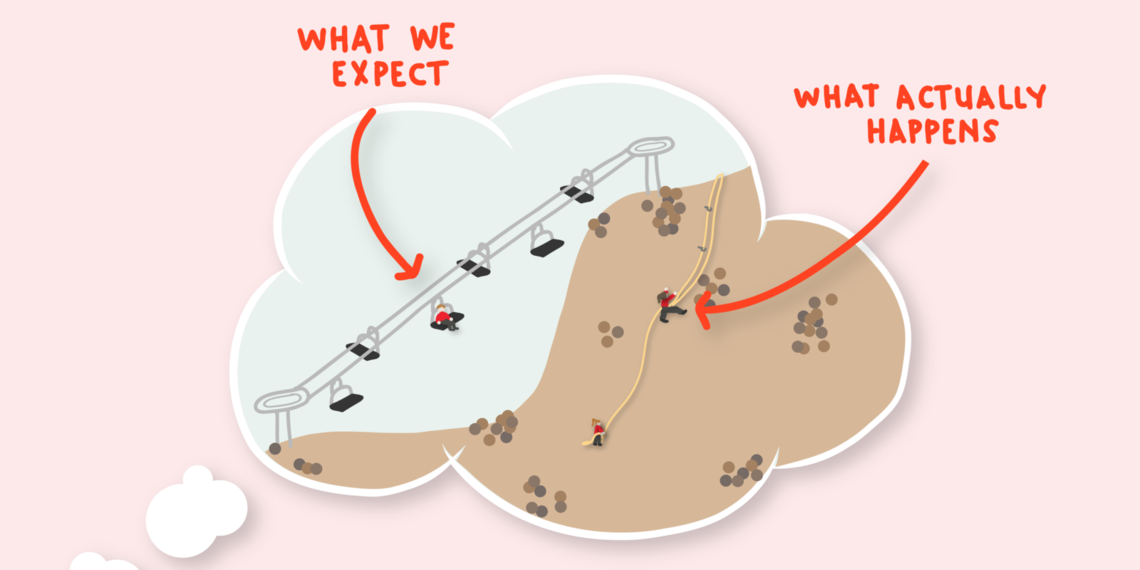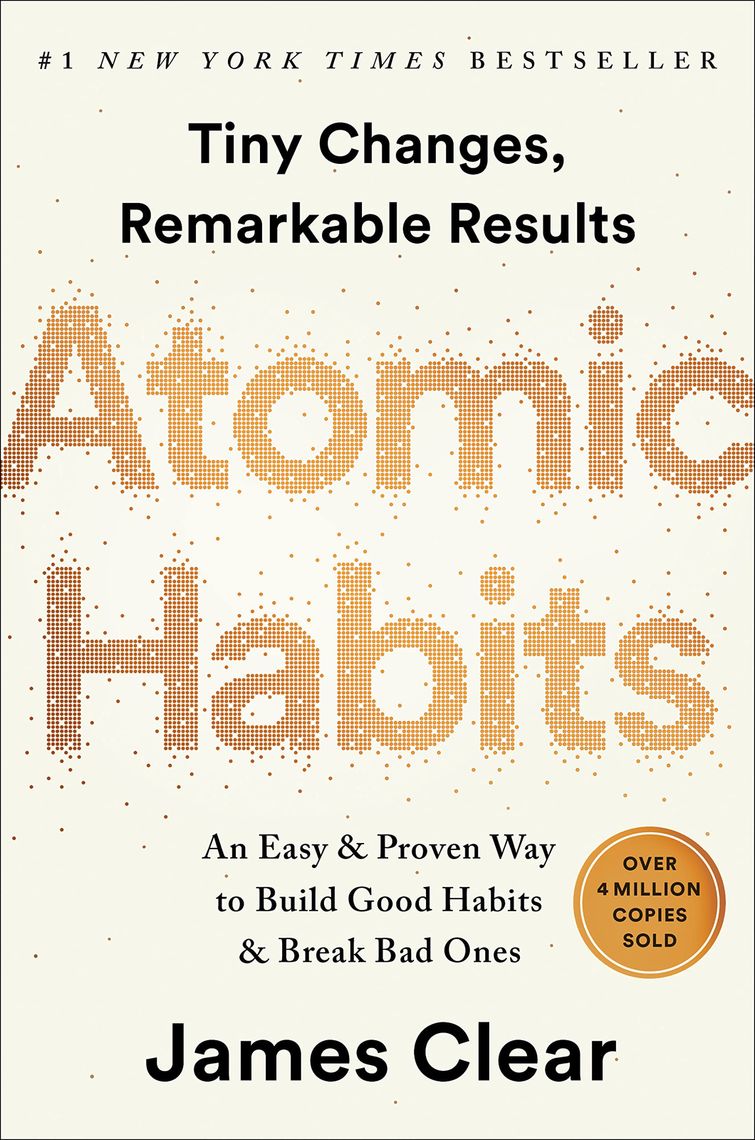ike so many of us do every New Year, I started 2022 off with a slew of resolutions and goals to achieve. I was making a hurricane-force effort to renovate my life with meal plans, workout routines, task lists, and taking on new work responsibilities. But by early February, I was already feeling burned out and discouraged. So, I sought a little help and read the book, Atomic Habits, by James Clear. Whether your goals are health, financial, or work-related, Atomic Habits provides a framework for developing a system in your life to help accomplish what it is you want to achieve.
What are atomic habits?
Atomic habits are not huge explosions or big bursts of energy. Instead, they are the tiny particles, or small changes, that build up the systems that help us achieve our goals over time. It’s like compound interest—you start off with small, daily changes that don't feel like much, but over time, add up to remarkable results. Clear states that incorporating just a 1% improvement every day will equal a 37% change in improvement over the course of one year.
How to integrate atomic habits
One of the best ways to integrate an atomic habit into your life is by habit stacking—when you stack a small habit onto another habit you already perform well. For example: you’ve been wanting to get into meditation, so you add a five-minute meditation practice to your nightly teeth-brushing habit.
It's important to pay attention to the small actions that we are already doing in our lives to help build up our systems and processes.
Why habit formation is difficult
Clear introduces “The Plateau of Latent Potential” and “The Valley of Disappointment” to describe why habit formation is so challenging.

“The Plateau of Latent Potential”—whenever we start a new habit or process, our assumption is that the results and progress will be achieved in a linear fashion. For example, if we run a certain number of miles every day, we think we will be ready to run a marathon in six months. Unfortunately, progress is rarely linear. You might get an injury or there might be bad weather, forcing you to take a break from your daily running. Results take time and you need to make it through “The Valley of Disappointment”—when you are working hard at your goals but there are only small or even no results to show. This is the time to focus on system building—adding those tiny atomic habits into your daily processes, one at a time, to prevent being completely overwhelmed and burned out.
Habit formation and behavior change
Clear shares a four-step model of habit formation based on behavioral psychologist B. F. Skinner’s work. This four-step model explores how habits, good or bad, come to be and in what order they happen.
Let’s say you have a bad habit of scrolling social media on your phone while at work.
Here’s how it plays out:
-
Cue – what triggers the action. You’re bored or not focused on your work task.
-
Craving – what you're feeling. You want to feel entertained or escape from the stress of your work.
-
Response – action you take to satisfy your craving. You scroll endlessly through your social media while avoiding your work.
-
Reward – what you get out of the action. You’re entertained and (for the time being) not feeling stressed by work.

When you have problems breaking a bad habit, or maintaining a new habit, identify each of these steps. Is the reward unsatisfying? Is the response/action to the craving too difficult or too impractical? Is the cue unclear, causing confusion or time delays?
Remember, creating a system that will allow us to get maximum results with minimal effort and disruption is the goal. If your response is streamlined and simple, you will be much more likely to complete it.
Clear also discusses the three layers that make up behavior change:
-
Change in outcome – What you hope for (your goals). Change in outcomes are driven by change in process and change in identity.
-
Change in process – How you’re going to get there. The tiny little changes to make in order to change your processes or systems.
-
Change in identity – How you think about who you are in regard to your goal. Do you want to run that marathon? Start by self-identifying as an athlete or a runner.
What’s the key takeaway?
When setting goals start small (get atomic), establish a process (system), and visualize what success looks like (self-identify for success). As Clear reminds us, “You do not rise to the level of your goals. You fall to the level of your systems.” Small changes, approached systematically, add up to big change over time.
Betsy Holm
What can we do right now to make our work environment better? Chief Wellness Officer and family medicine physician Amy Locke shares a simple team-based model for identifying opportunities, sorting what’s feasible and impactful, and empowering the frontline to lead change.
The Resiliency Center's Wellness Champion Program shares posters from this year's Annual Well-being and Resilience Poster Fair.
How do I share employee engagement feedback with my team? Chief Wellness Officer Amy Locke, Resiliency Center director Megan Call, Utah Health Academics HR leader Sarah Wilson, and Organizational Development Director Chris Fairbank explain when and how to talk with your team.

